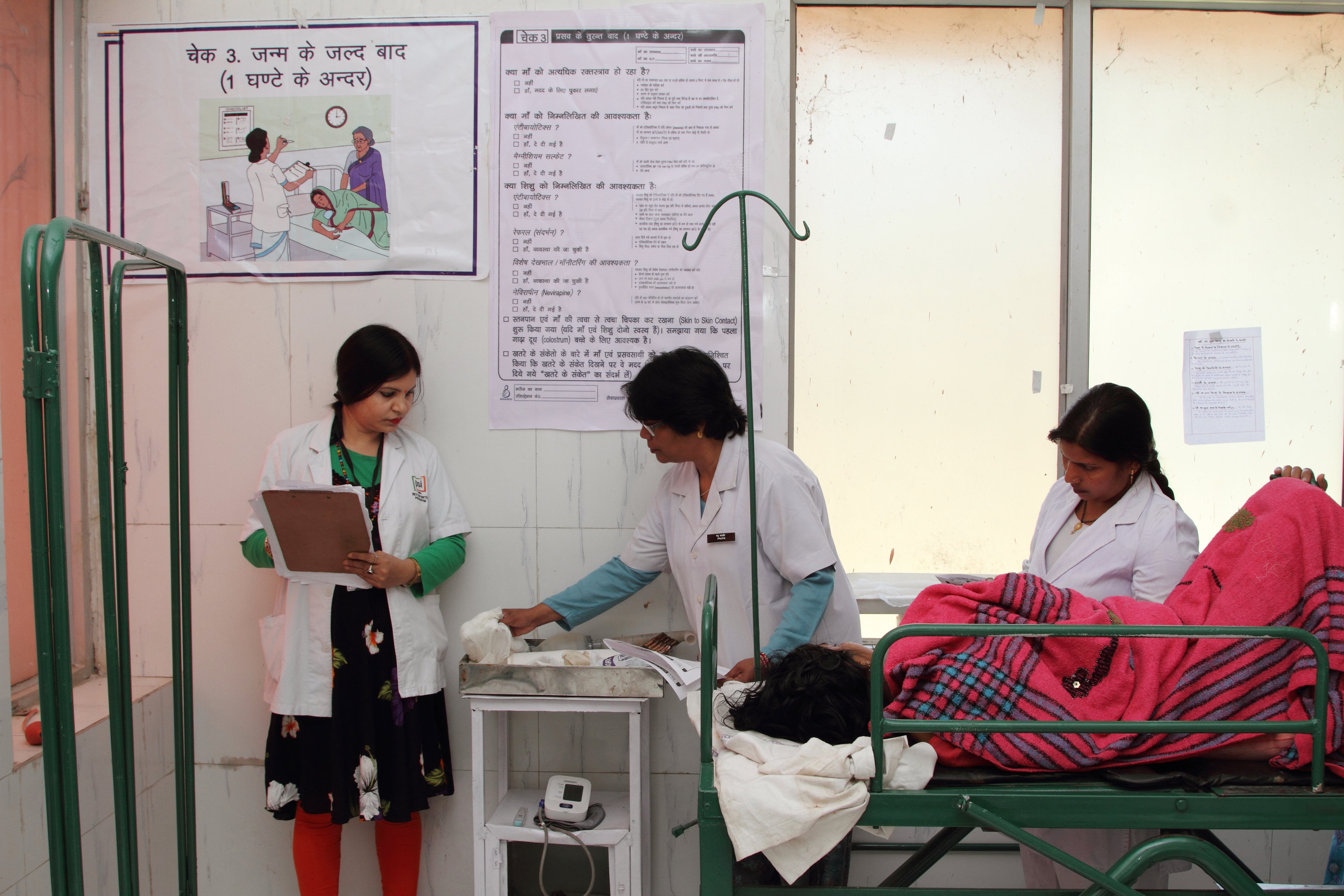Postpartum hemorrhage is the leading cause of maternal death during childbirth. Every year, it affects 14 million women around the world. About 70,000 of those women die as a result, and many more require urgent surgery to control the bleeding. Global guidelines have offered insight into how to effectively manage postpartum hemorrhage in a clinical setting. However, inconsistent or ineffective implementation of these guidelines has eroded their impact, and there is little guidance on which implementation strategies work best.
Later this year, the World Health Organization (WHO) plans to release updated guidelines on the prevention, diagnosis, and treatment of postpartum hemorrhage as part of the 2023 – 2030 WHO Roadmap to Combat Postpartum Hemorrhage. For the first time, these guidelines will be accompanied by implementation guidance to support actionable and sustainable change. Ariadne Labs’ BetterBirth team collaborated with colleagues at Beth Israel Deaconess Medical Center and Cochrane to complete a systematic review, published in the Cochrane Library, of implementation strategies to provide an evidence base for this new guidance. The review is the first of its kind to study how implementation strategies affect the uptake and impact of postpartum hemorrhage clinical guidelines.
“At Ariadne Labs, we know that any intervention is only as effective as its implementation,” said Katherine Semrau, PhD, Deputy Director of Ariadne Labs and Director of the BetterBirth program. “We hope the findings of this review can offer needed implementation guidance to support uptake of the clinical guidelines and begin to move the needle on postpartum hemorrhage.”
Implementers have historically relied on strategies including training and educating birth attendants in evidence-based practices, providing facilities with new equipment, and creating reporting systems that can audit health records and provide health workers with feedback. The team set out to examine the existing literature to understand which, if any, of these strategies had an impact on key outcomes, including adherence to WHO-recommended guidelines, maternal death, and severe morbidities.
The review found that while there is no single, one-size-fits-all strategy for guaranteed success, strategies must include multiple components to improve clinicians’ adherence to practices and, ultimately, improve health outcomes. Training alone is not enough to affect change, but it should be a piece of broader, multi-pronged approaches that also include elements of stakeholder engagement and follow-up. In addition, the team saw that what works in one setting may be ineffective in another, underscoring the importance of local adaptation.
“This review gives us insight into what implementation strategies are working, and where work still needs to be done to maximize the effect of the guidelines,” said Jeanne-Marie Guise, MD, MPH, MBA, Senior Investigator from the Department of Obstetrics, Gynecology and Reproductive Biology at Beth Israel Deaconess Medical Center and Harvard Medical School. “It also highlights the need for future research efforts that prioritize pragmatic studies of implementation effectiveness to evaluate strategies in real-world settings.”
This work highlights that change is possible through effective implementation, while also underscoring the critical importance of further research to understand the impact of implementation. Study conclusions were limited by the wide variation across studies, suggesting an opportunity for creation of a set of core contextual and implementation measures that should be consistently reported across studies.
“As we look ahead to the future of postpartum hemorrhage management, we see our review as a first step to reaching consensus on how to implement change that sticks,” said Dr. Semrau. “We know what needs to be done to stop needless suffering from postpartum hemorrhage. Now, we need to be sure that clinicians around the world are ready and able to implement that change.”



